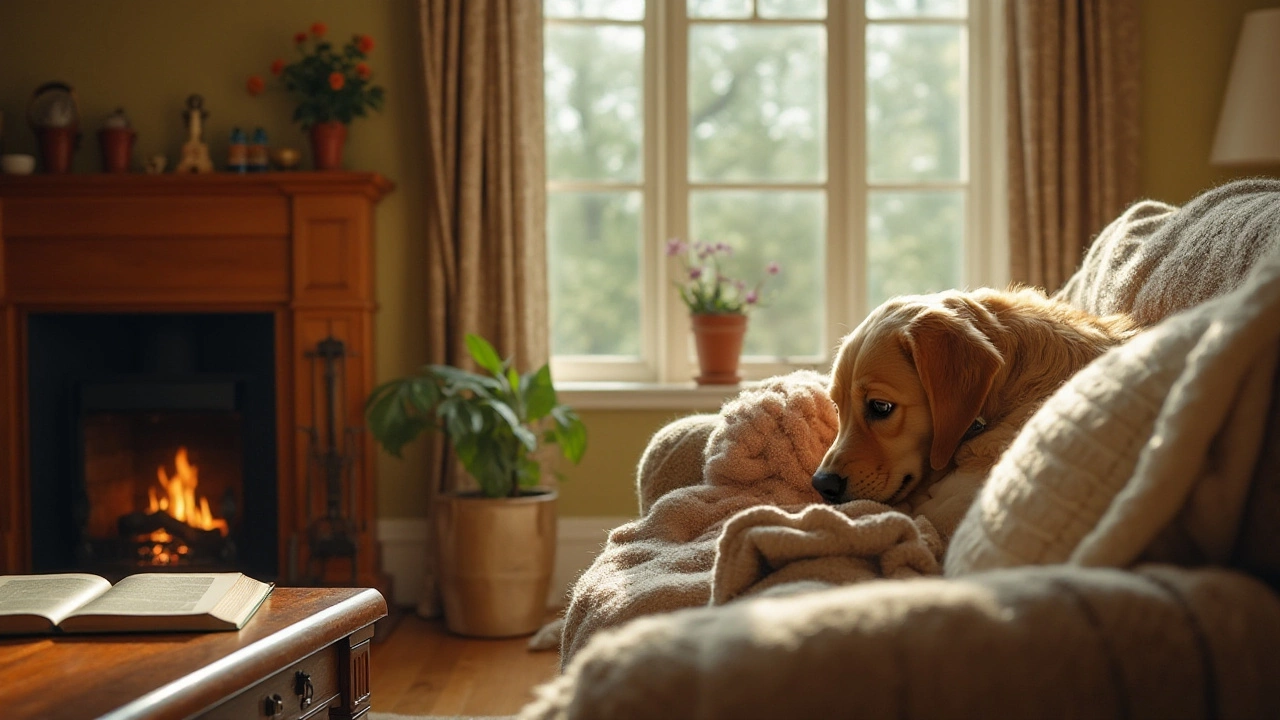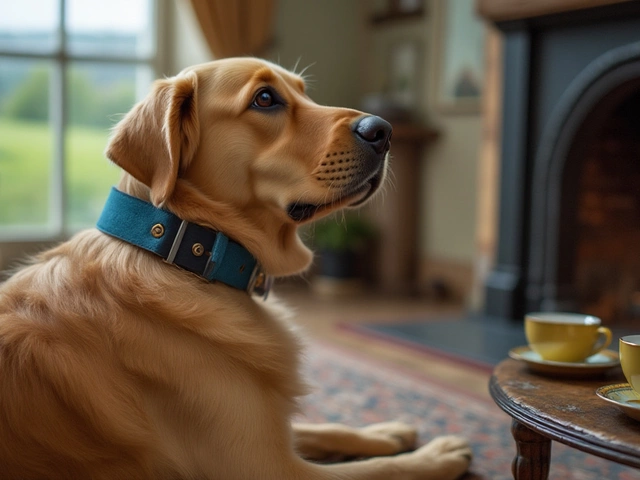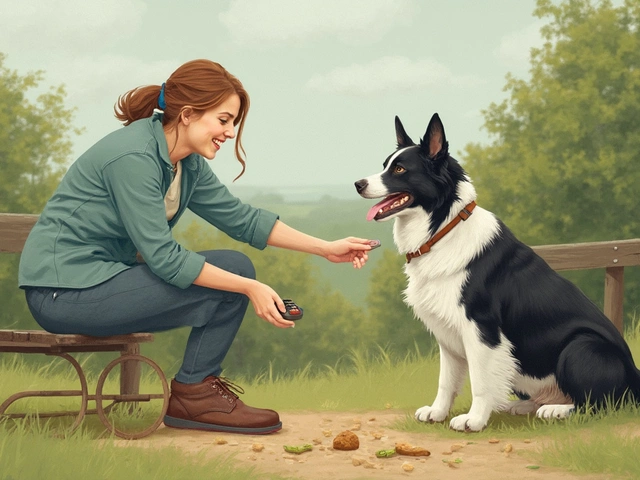It's a scenario we're all familiar with: you stand up for just a moment, and your loyal canine companion dashes over to claim your seat. This quirky behavior may be amusing or even endearing, but have you ever paused to ponder why it happens?
Delving into the world of canine habits reveals that there's more to this action than mere mischief or convenience. From instinctual drives to emotional connections, dogs often use your territory for reasons that trace back to their evolutionary roots.
The comfort and security associated with human scents, compounded with the warmth you leave behind, make your spot highly attractive. By exploring the multifaceted reasons behind this habit, you can better cater to your furry friend's needs while also maintaining your personal space.
- Understanding the Instinctual Need
- The Bonding and Comfort Factor
- Creating an Inviting Space for Dogs
- Managing the Behavior at Home
Understanding the Instinctual Need
Why does your dog always find its way to your spot as soon as you vacate it? It's a common behavior that's often rooted deeply in a dog's natural instincts. Dogs are pack animals by nature, which means they have inherited certain behaviors from their wild ancestors. One such habit is seeking out comfortable, warm spots that signify safety and security. In the wild, this could mean finding a place that offers warmth from the sun or protection from the elements. In your home, your recently vacated seat is a little slice of paradise, warm and filled with the scent of its beloved human, which is reassuring and comforting.
This territorial instinct is partially about comfort and partially about social structure. Dogs have a keen sense of hierarchy, and sometimes taking your place is a way to feel connected and equal within the family pack dynamic. Renowned canine researcher Stanley Coren mentions that this behavior could also be linked to their yearning to stick close to the alpha of the pack, which in many cases is you, the pet owner. By sitting in your place, they keep your scent close by and simultaneously declare their loyalty to you within that familial structure. Though mostly harmless, it's an instinctual reminder of where they see themselves in the social order.
"Dogs are creatures driven by instinct and human interaction. Their behaviors are both fascinating and informative. Understanding these can deepen our bond with them." - Dr. Stanley Coren, Canine Expert
Instinct can also play a role when your pooch uses your spot for marking. Dogs might leave their scent behind unintentionally by shedding dander, fur, or secreting oils from their skin. This might be a subtle way to mix their scent with yours as a sign of cohesion or to simply signal their comfort in the shared environment. This marking isn't likely an act of dominance but rather a sign of contented belonging. Considering all these factors, it's a blend of natural instinct and affection that leads to this behavior.
Many dog owners find that understanding these instincts can help tailor their home's environment to be more accommodating to their beloved pets. Providing warm, cozy spots that offer a similar level of comfort as your own seat can sometimes help address this behavior, allowing for a harmonious living arrangement. Incorporating snuggly dog beds or cushions can entice your furry friend to have their own cozy domain.
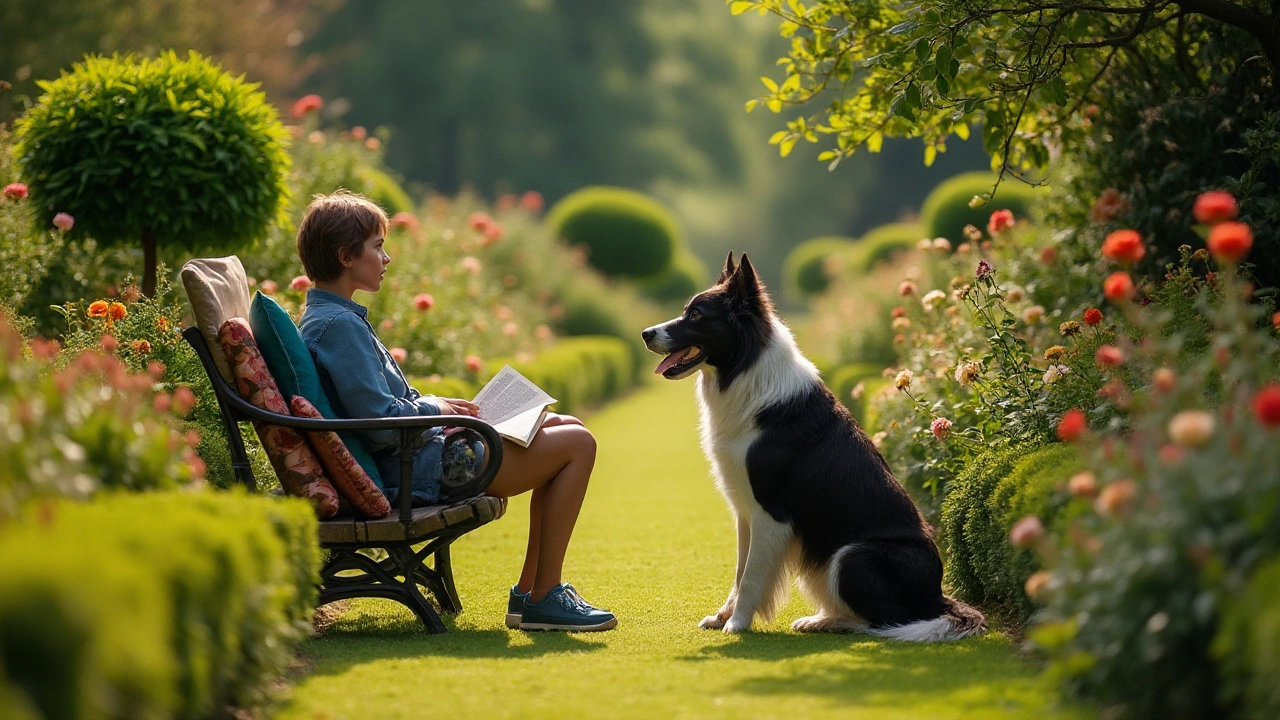
The Bonding and Comfort Factor
When it comes to dogs snuggling into the spot you just vacated, much of it boils down to comfort and the innate desire to bond. Dogs are naturally social creatures and being near their human companions provides both physical warmth and emotional security. This behavior isn't just random; it taps into an evolutionary instinct. In the wild, pack animals tend to share confined spaces for warmth and protection. By sitting in your recently vacated spot, your dog is exhibiting a behavior that has been ingrained over countless generations. The scent left behind by their beloved human reassures them, providing a sense of familiarity and safety that can alleviate stress and anxiety.
One can't overlook how this behavior enhances the bond between you and your furry friend. Dogs are very intuitive and attentive to their human's emotions and practices. Sitting in your spot helps them feel connected to you even in your brief absence. It is a charming testament to the shared trust and affection that builds over time. According to experts from the American Kennel Club, this is more than a simple comfort-seeking act—it is a genuine attempt to feel closer to their human pack leader. This engagement is so significant because dogs are pack-oriented beings and being near their human is sometimes their way of showing love.
"Researchers have long noted that dogs are one of the few species that can successfully bond with humans," says Dr. Stanley Coren, a professor emeritus of psychology and canine expert.Additionally, the warmth you leave behind adds to the physical pleasure of the experience. Dogs have a slightly higher resting body temperature than humans, so they naturally gravitate towards warm areas. It's no surprise, then, that they love a spot you just warmed up with your body heat.
To foster your pet's comfort while managing this behavior, consider setting up an inviting dog bed or spot that's close to where you typically sit. This simple effort can provide an ideal compromise—offering them a space enriched with the warmth they crave while helping you maintain your seat. Experiment with dog beds designed to mimic the comfort of your presence. Creating a personalized space, complete with familiar items such as a blanket or a piece of your old clothing, can make your dog feel secure and loved. Remember, understanding the nuances of this behavior not only fosters a stronger connection with your pet but also enhances mutual enjoyment in your shared space.
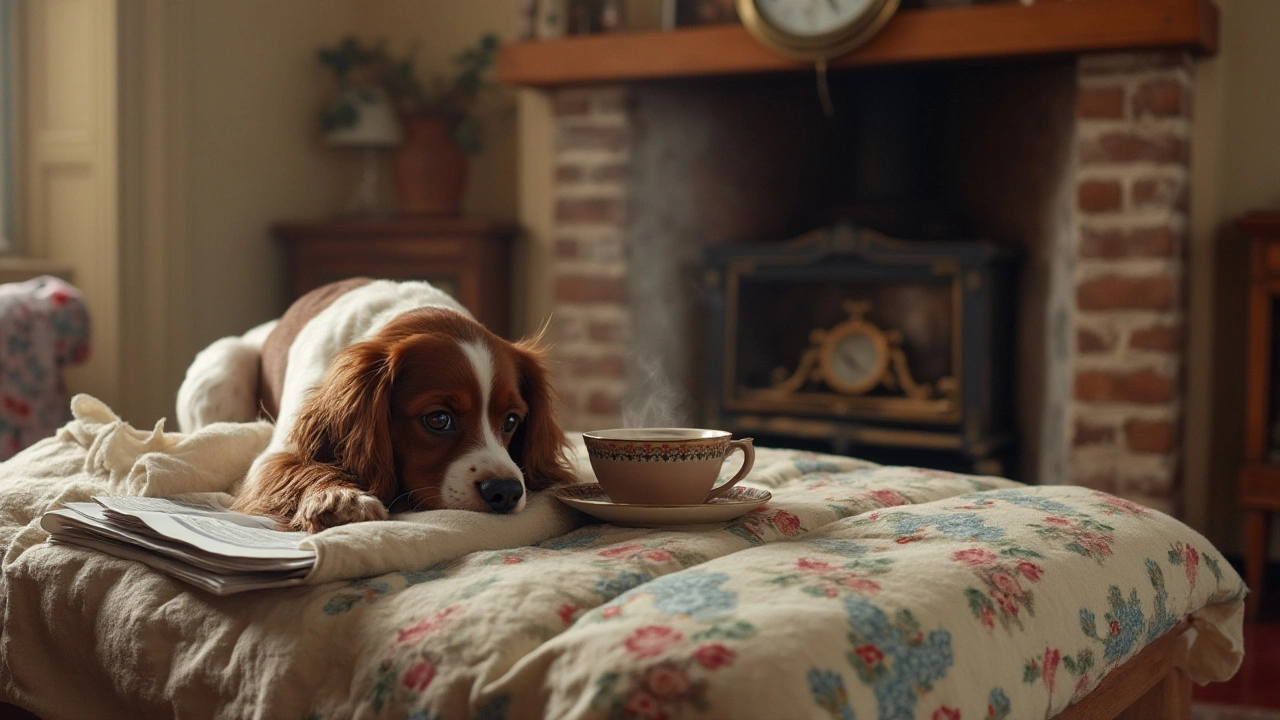
Creating an Inviting Space for Dogs
Ensuring your dog feels comfortable and secure is a crucial part of being a responsible pet owner. Designing a space that is both inviting and comforting can help to curb their habit of sitting in your spot and enhance your bond. Dog comfort is closely tied to their sense of security and familiarity, so there are several factors to consider when creating their personal haven. First, consider the location of the dog bed or resting area. Dogs often seek out spots that are in the hub of household activity but still offer a degree of privacy. Place their bed in a corner of a frequently-used room where they can watch the happenings without being directly in the middle of it all. Choosing a spot that provides a direct line of sight to you or other family members can help satisfy their social needs.
Another important aspect is the type of bed. Not all dog beds are created equal, and preferences will vary depending on your dog's size, age, and health conditions. Older dogs or those with joint issues would benefit from memory foam beds that offer support and alleviate pressure on sensitive joints. Smaller breeds might prefer cozy nesting beds that envelop them in warmth, reminiscent of a pile of leaves or a burrow in nature. Adding a blanket with your scent can provide additional comfort, making the bed even more appealing. Speaking on canine comfort, Dr. Sophia Yin, a respected veterinarian and animal behaviorist said,
"The best way to make a dog feel at home is to offer them a space that emits familiarity and security. The smell of their owner can signal safety."
Once you've secured the ideal spot and bed type, consider the other little touches that can make the space feel like a true sanctuary for your dog. Provide some of their favorite toys or chew items within reach to keep them occupied and prevent boredom. Just be sure to rotate these regularly to maintain interest. Additionally, ensure the area is free from drafty vents or overheated spots to maintain a comfortable temperature year-round. Soft lighting can also play a part in setting a cozy mood, as harsh lighting can make the area feel unwelcoming. Lastly, establishing a routine where the dog gets used to this particular space, especially during your absence, reinforces its recognition as a safe zone.
Factors like the right ambient temperature, the presence of personal toys, and social visibility are all critical when crafting your dog's special spot. Creating an inviting area isn't just beneficial for your dog; it supports a more harmonious coexistence within your home. With these thoughtful adjustments, you can guide your dog towards enjoying their new designated territory while easing their habit of occupying your seat. Understanding and meeting their needs is a fulfilling way of reinforcing the special bond you share.
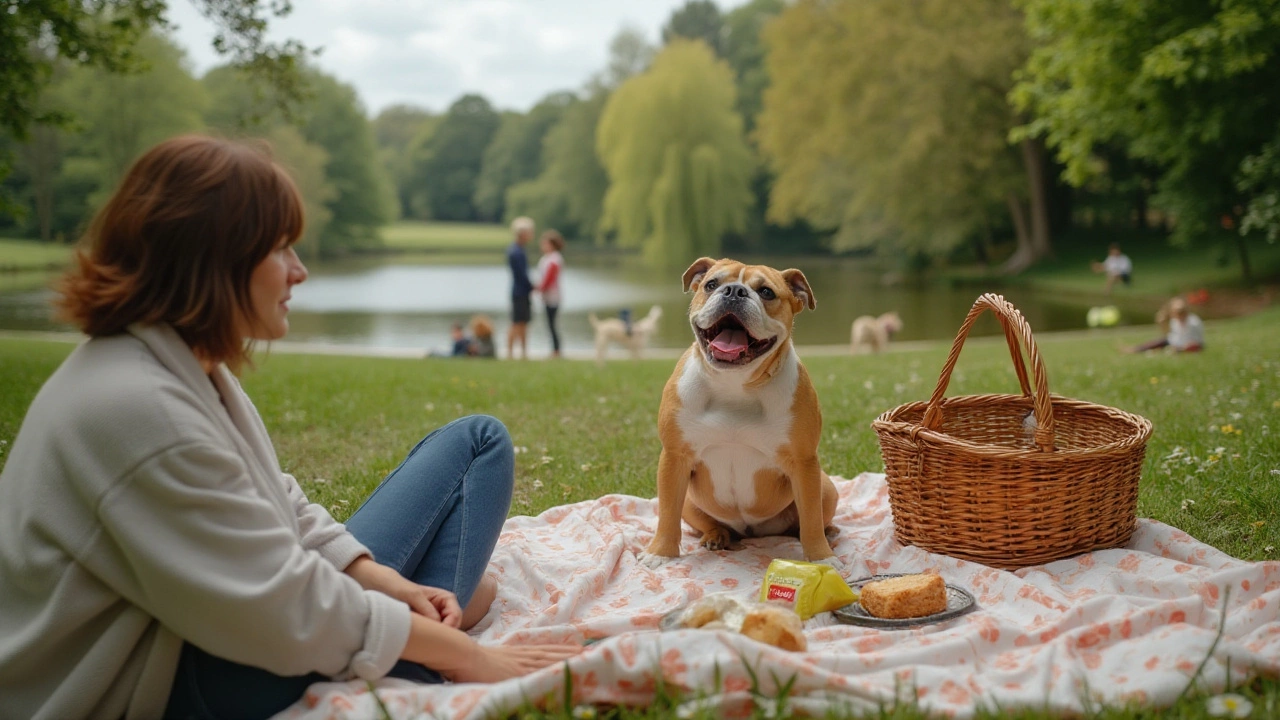
Managing the Behavior at Home
Taking charge of your dog's seat-stealing antics doesn't have to be a prickly endeavor. With some understanding and gentle guidance, you can balance their instinctual urges with your desired household order. The first step to successfully managing this behavior is to provide an alternative that meets your dog's desires for warmth and comfort. Consider investing in a high-quality dog bed that is plush and warm. This gives them a personal space that mimics your spot, reducing their urge to claim it.
Consistency and patience are key when introducing new habits. Encourage your dog to use their designated space by associating it with positive experiences. You can entice them with treats, toys, or even a cozy blanket with your scent to make it more inviting. Training should be a positive experience for both you and your dog, emphasizing what they should do rather than what not to do. This fosters a stronger bond and encourages adaptation over time.
Another effective strategy is to practice setting boundaries. Start by using verbal commands or physical barriers, like pet gates, to keep certain areas off-limits when needed. Reiterate these boundaries at various times of the day, helping your dog understand that respect for designated areas is part of their routine. Dogs thrive on routine and structure, so incorporating these elements will support smoother behavioral changes.
Incorporate mental and physical stimulation as part of your plan. A comprehensive approach should account for regular exercise and playtime, which reduces boredom and restlessness often linked to attention-seeking behaviors like seat-stealing. A tired dog is a content dog, and providing them with outlets for energy ensures they remain engaged without resorting to undesirable activities.
Sometimes, it's insightful to look at advice from seasoned experts. As renowned dog behaviorist Cesar Millan once said,
"A dog’s behavior is a reflection of its environment and experiences. Providing the right outlets and setting boundaries create the harmony we seek in our living spaces."These words highlight the importance of meeting the dog's needs alongside establishing household norms.
If issues persist despite consistent efforts, consulting with a veterinarian or professional dog trainer can offer tailored solutions. They can address underlying anxieties or behavioral issues that may require specialized approaches beyond home adjustments. This step ensures a comprehensive understanding, ultimately leading to a happier home for both you and your furry companion.
